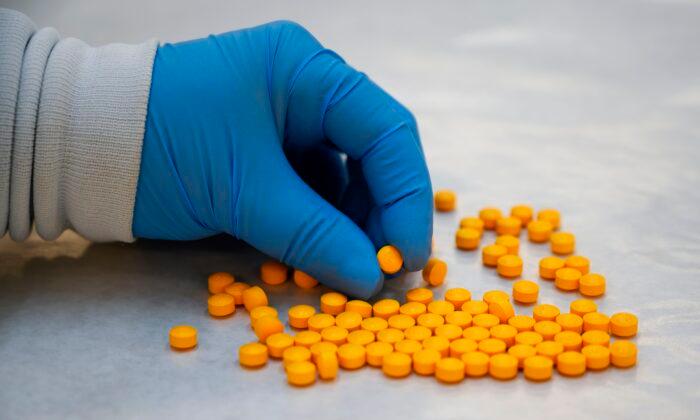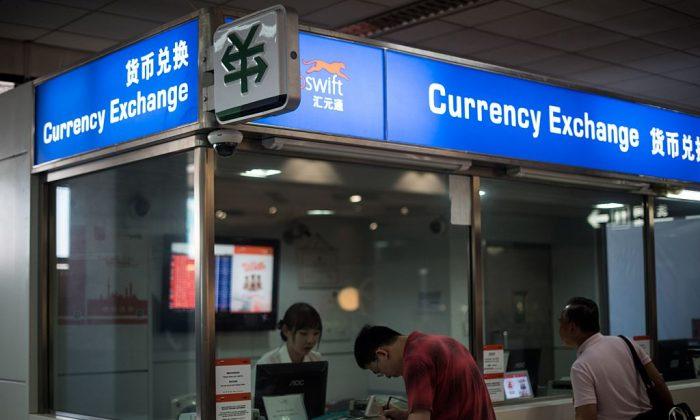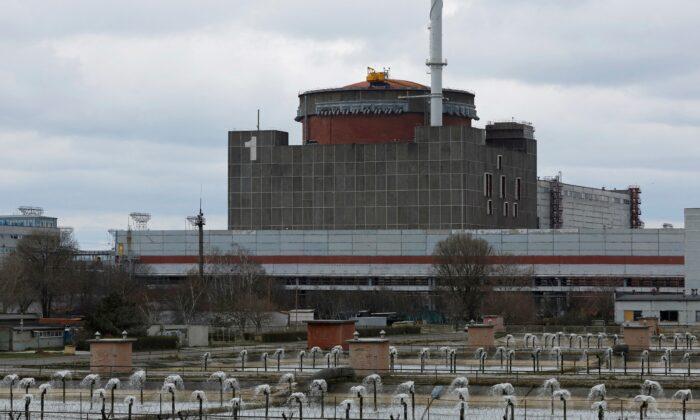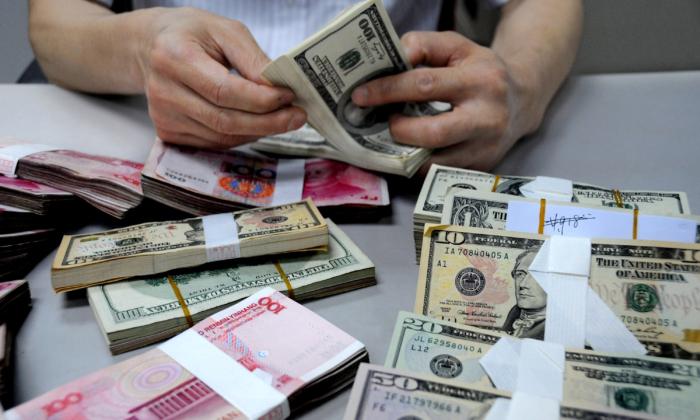The prevalence of the deadly drug fentanyl is on the rise in the United States.
“Counterfeit pills have been identified in every state in this country,” she said. “They are being sold in inner cities, suburbs, and rural communities.”
She talked about the “One pill can kill” campaign and cited, “More than 9.5 million counterfeit pills were seized so far this year—that’s more than the last two years combined.”
Drugs From China
On Aug. 24, the U.S.-China Economic and Security Review Commission (USCC) released a report, saying that “China remains the primary country of origin for illicit fentanyl and fentanyl-related substances trafficked into the United States.” While the number of fentanyl products coming directly from China to the United States is decreasing, the amount of fentanyl products diverted to Mexico and then illegally entering the United States is skyrocketing. The report makes clear that the Chinese regime’s cooperation in this area “remains limited.”The Chinese Communist Party (CCP) has long denied that fentanyl mainly comes from China. On Sept. 2, the spokesperson for the Chinese Embassy in the United States made a statement on the fentanyl issue, stressing that, “Up to now, the Chinese side has never found any cases of controlled precursor chemicals in China being exported to Mexico, nor has Mexico notified the Chinese side of the seizure of precursor chemicals from China.”
The spokesperson also said that the statements “the majority of fentanyl in the U.S. comes from China” and “Chinese fentanyl flows to the U.S. via Mexico” are “false.” The reason the fentanyl problem continues to worsen in the United States, with the number of deaths rising rather than falling, is because “the U.S. has failed to grasp the key problem of addressing drug abuse.” China has repeatedly reminded the U.S. side to “strengthen supervision over fentanyl prescription and strengthen publicity and education.”
However, a review of China’s annual anti-drug report and related conference reports shows that the CCP has achieved a “sustained improvement” in the drug situation in China through years of “border cleaning” campaigns, meaning that the border is well protected and the entry channels of drugs are cleared.
The CCP has long stressed the need to intercept drugs from abroad. As early as 10 years ago, the CCP launched joint patrols with Laos, Burma (also known as Myanmar), and Thailand to control the flow of drugs across the Mekong River into China. By the end of June 2021, law enforcement departments of the four countries had cracked 3,387 drug-related cases, seized 20.25 tons of drugs, and arrested 3,010 related suspects.
On Aug. 30, when the U.S. State Department offered a reward of up to $5 million for information leading to the smuggling of fentanyl by Zhang Jian, a Chinese citizen and known drug trafficker, the CCP demanded that the United States stop offering the reward.
Zhang Jian was indicted by the U.S. Department of Justice in 2017 for selling fentanyl and fentanyl-like substances over the internet to drug dealers and individuals in the United States, and then sending them by mail. In April 2018, Zhang was declared a “Significant Foreign Narcotics Trafficker” by the U.S. Treasury Department, while the Justice Department announced the indictment of four other Chinese nationals for laundering money for Zhang’s drug trafficking chain.
Wang Wenbin, spokesman of China’s Foreign Ministry, argued at a regular press conference on Aug. 31 that the drugs were ordinary chemicals that were not controlled in China at the time, and the U.S. side has not, to date, provided evidence that the relevant personnel violated Chinese laws. Wang also said that offering a reward for evidence “will seriously undermine the basis of China-U.S. drug control cooperation and create obstacles for the next step of bilateral cooperation, and the resulting consequences should be borne by the U.S. side.” Also, the Chinese side, “solemnly requests the U.S. side to stop offering rewards for arrest.”

Drug Industry Institutionally Protected
The DEA website lists 11 common names for fentanyl, including three that include the word China: “China Girl,” “China Town,” and “China White.”The Australian state government’s guide to fentanyl mentions eight common names for the drug, two of which are “China Girl” and “China White.”
According to public information, there were a number of “drug-producing villages” in China, with village secretaries who led people to become rich by making drugs. Drug traffickers colluded with local CCP officials to make drug production and trafficking semi-open at that time.
According to public information, the largest illegal drug production in China in the past 20 years happened in Boshe village, Lufeng city, Guangdong Province. Over 20 percent of the villagers engaged in drug manufacturing or trafficking directly or through equity participation. Around 2009, some villagers quickly got rich by making and selling drugs. The village was known as “Little Hong Kong.”
Cai Dong, the former village secretary, was the behind-the-scenes boss of Boshe’s drug production and trafficking. A single marble pillar on the porch of his villa is worth more than $46,500.
It wasn’t until Dec. 29, 2013, that Guangdong Province dispatched 3,000 police officers to clean up this “No.1 village of drug production.” The police seized 3 tons of methamphetamine, destroyed 18 drug trafficking gangs, and over 70 drug processing plants. However, some drug makers are still on the run. A number of local police officers in Lufeng served as “protective umbrellas” for the village. Twelve were arrested and several of Lufeng’s police chiefs were investigated in connection with the case.
Drug manufacturing in China has become more covert. In June 2020, the CCP’s state media Xinhua revealed that Cai Zhenhao, from Boshe village and previously released for lack of evidence, had set up a drug-making den in a hidden farm in Lanzhou city. Outside the farm were vegetable fields and livestock farms, where feces from chicken, sheep, and other animals were piled up to mask the smell of drug production. The drug makers at the site were all from Boshe.
Fentanyl is known as the third generation of drugs or “laboratory” drugs. According to experts, fentanyl precursors are easy to obtain, as are processing chemicals and equipment. The synthesis process is simple, so it’s easy for drug gangs to produce and sell it. In addition, by modifying the chemical structure of fentanyl, new derivatives are constantly being “engineered.” Underground manufacturing is proliferating and difficult to control.
It is impossible to determine exactly how many illegal drug factories there are in China, but according to the public information on a China procuratorial website, people with only primary school education can make drugs with rudimentary equipment. For instance, the consumption of chemical raw materials for producing drugs in Qingdao amounted to 10 tons.
Based on clues provided by the United States in September 2017, Chinese police cracked an underground processing plant and two sales outlets for new psychoactive substances, seized over 66 pounds of new psychoactive substances such as fentanyl, cathinone, and alprazolam, along with over 330 pounds of raw materials such as aniline.





